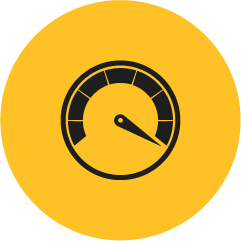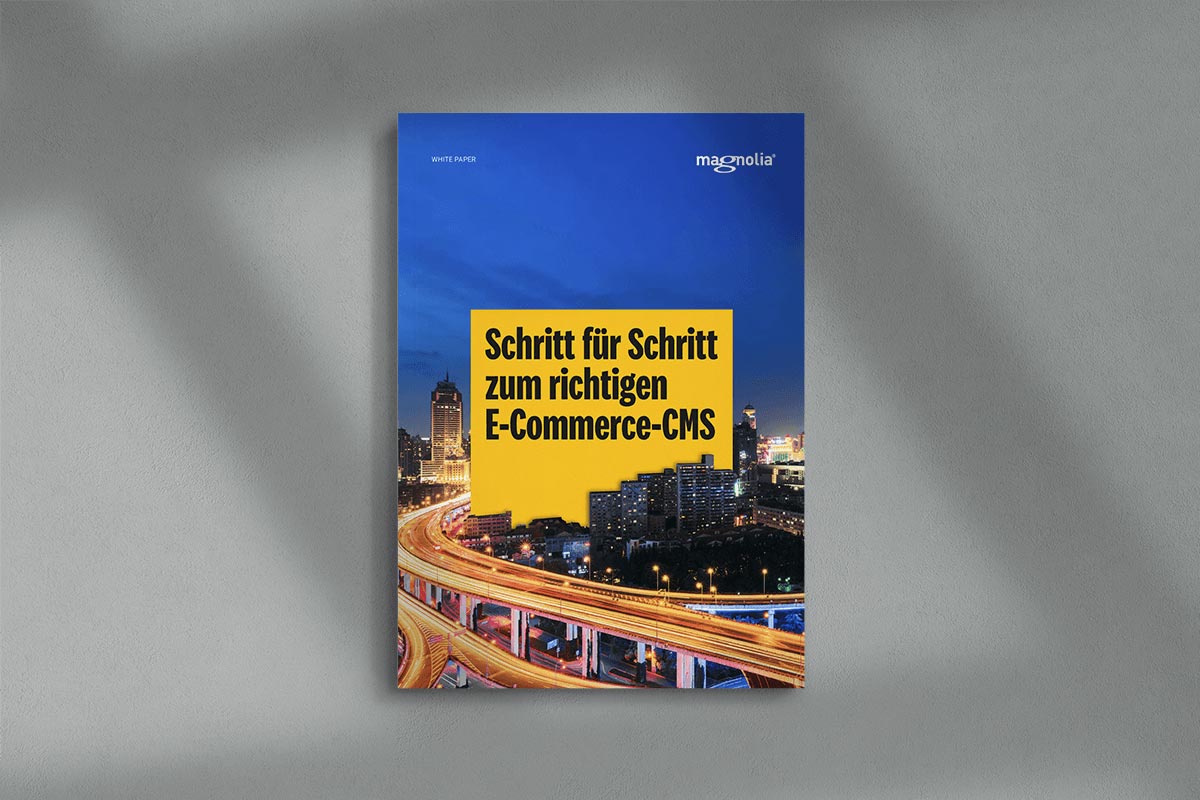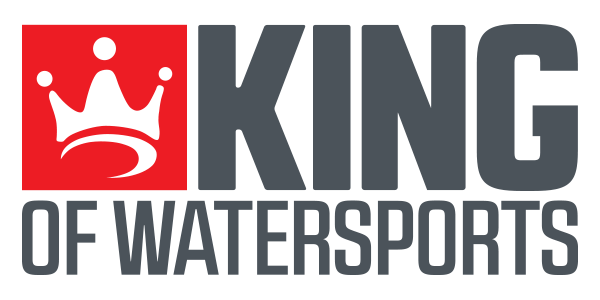Ever wonder if your tech stack is still fit for purpose?
If you have, you might be considering the move towards headless commerce or a composable DXP for ecommerce, but selecting new software isn’t always straightforward. What should you be looking for, and how can you evaluate features beyond a simple yes or no?
Download our white paper to learn about:
- A framework for architecting a DX platform
- Benefits of a headless and hybrid-headless CMS
- The top-10 CMS features for ecommerce re-platforming
Choosing a CMS for the Future of Ecommerce
Are you finding yourself under-equipped to create modern commerce experiences that intertwine content with shopping because of outdated technology or difficulty integrating disparate systems?

Building a flexible tech stack with headless commerce
Because your front end is decoupled from your backend, you can change the front end without changing the backend and vice versa, giving your web developers the freedom to use the front-end technology of their choice, and allowing your integration developers and architects to flexibly integrate best-of-breed technologies.

Delivering omnichannel experiences with headless commerce
Headless commerce makes product data and services available from one central commerce system and gives front ends access to a single content hub. This approach enables web apps, digital signage, or wearables to reuse the same data and content, making shopping, branding, and messaging consistent across channels.

Delivering faster experiences with headless commerce
A headless architecture allows you to better optimize your front ends’ load time using Static Site Generation (SSG) or the Jamstack, helping you improve conversion and SEO through better performance.


